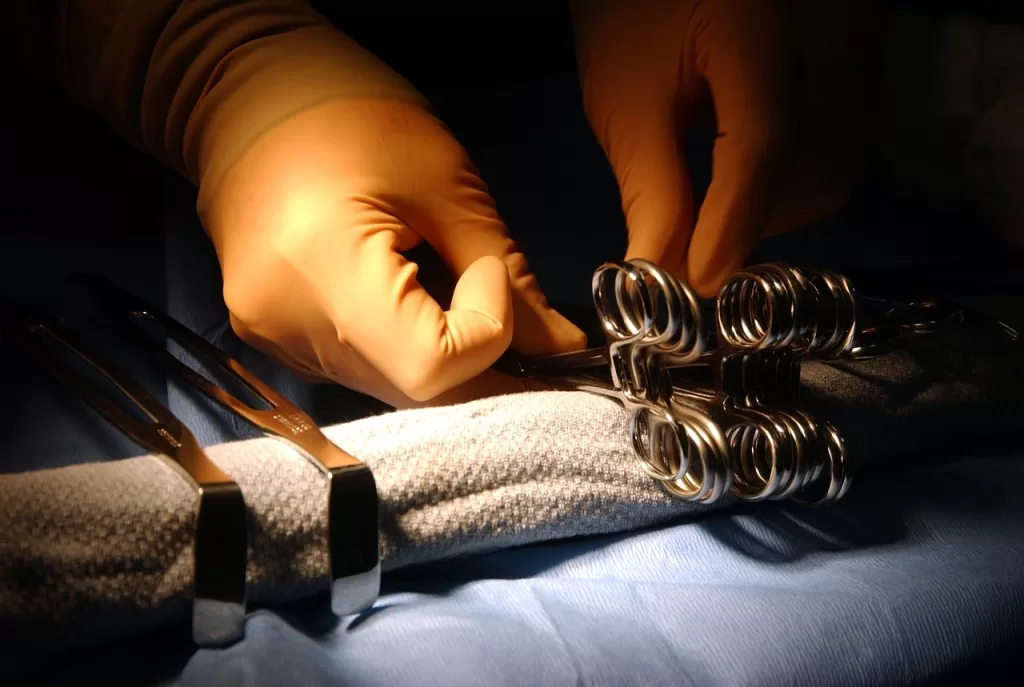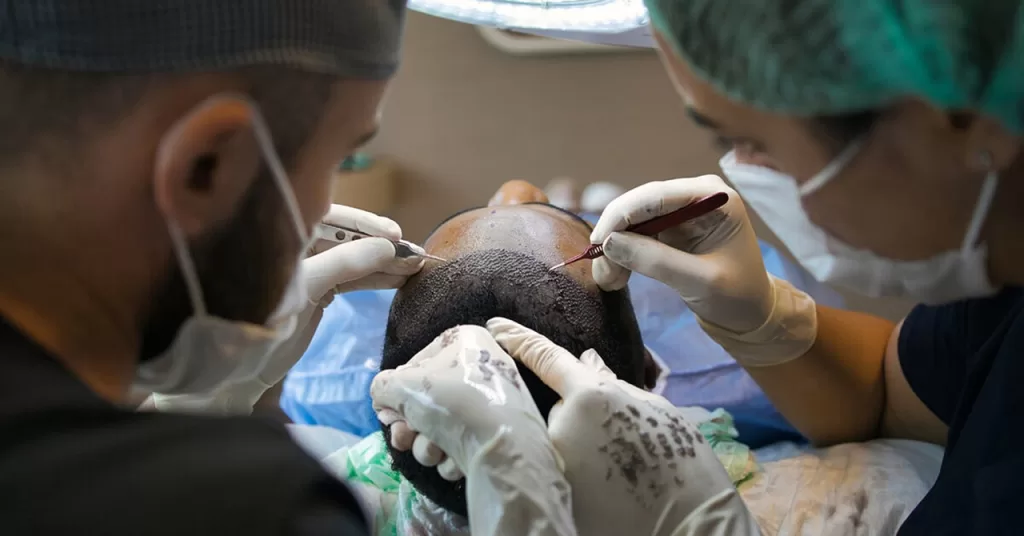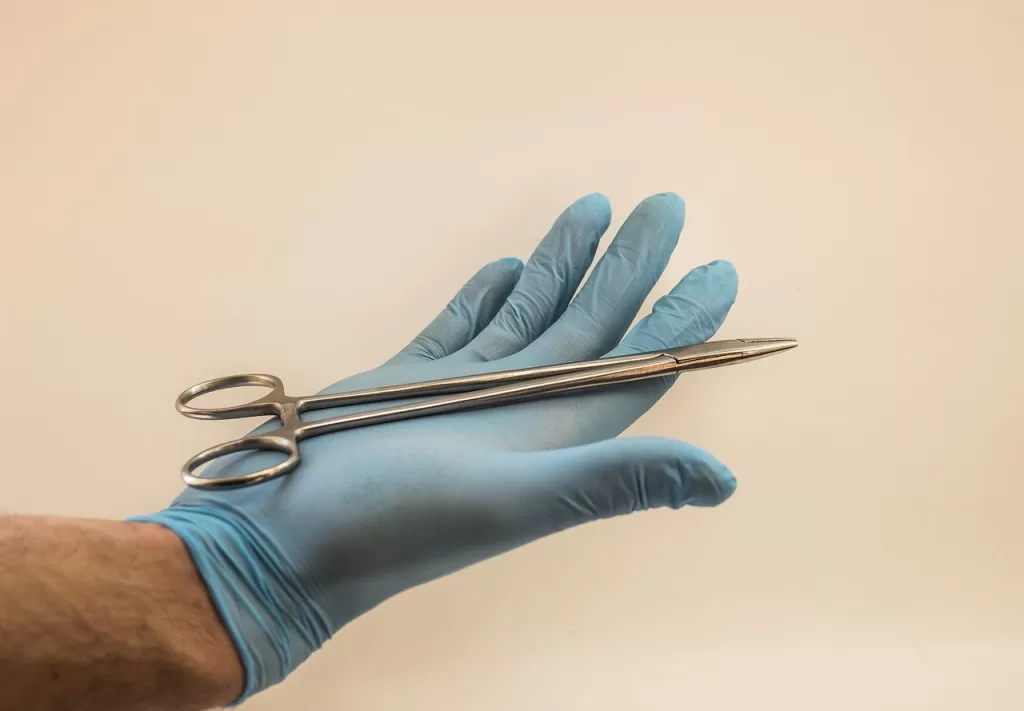Hair transplant has been a beacon of hope for many grappling with hair loss, a common challenge with profound psychological effects. This article will trace the remarkable journey of hair transplant techniques from their rudimentary beginnings to the cutting-edge procedures of today and look ahead to the future of hair restoration.

The Evolution of Hair Transplant Techniques: Past, Present, and Future
The Humble Beginnings: Hair Transplant in the Past
Hair transplantation made its debut in the 19th century, but it was in the mid-20th century that modern techniques began to take shape. The era was defined by the ‘punch graft’ method, a rudimentary procedure involving transferring hair-bearing skin grafts to balding areas. These early transplants were effective but often resulted in an unnatural ‘pluggy’ look.
Innovation and Refinement: Hair Transplant Today
Fast forward to the present, and the field has evolved dramatically. Two techniques dominate the landscape: Follicular Unit Transplantation (FUT) and Follicular Unit Extraction (FUE). FUT, also known as the ‘strip method’, involves removing a strip of scalp from the back of the head and extracting individual follicular units to implant in the balding areas. On the other hand, FUE, a more recent innovation, involves extracting follicular units directly from the scalp without needing a strip of tissue to be removed.
These techniques have brought a new level of subtlety to the process, with results that look natural and seamless. Surgeons can now meticulously place each graft in a way that mimics the patient’s natural hair growth pattern. This has been a game-changer, transforming the public perception of hair transplants and vastly improving patient satisfaction.
Technological Advancements: Enhancing Precision and Comfort
The integration of technology has propelled hair transplantation into a new era. Robotic systems, like ARTAS, combine advanced imaging and mechanical precision to enhance the accuracy and efficiency of hair follicle harvesting. This minimises human error and can lead to better graft survival rates and reduced recovery time.

Holistic Approaches: A Shift in Paradigm
A notable trend in hair transplantation is the holistic approach to patient care. Clinicians now place a greater emphasis on pre-operative planning and post-operative care. There’s a focus on the overall health of the patient, considering factors such as diet, lifestyle, and mental health, recognizing that these elements can significantly impact the success of the transplant.
The Future: A Glimpse into Tomorrow’s Possibilities
The future of hair transplantation holds promising developments. Research into stem cells and cloning technology may allow an unlimited supply of a patient’s hair follicles to be grown in a lab and transplanted to the needed areas. Gene therapy offers solutions by targeting the genetic causes of hair loss, potentially preventing it before it starts.
Another exciting prospect is the advancement in scar minimization and revision techniques. As procedures become less invasive, the need for extended recovery periods and concern over visible scarring diminishes, making hair transplantation an increasingly appealing option for a broader population.

Concluding Thoughts: A Continuum of Advancement
The evolution of hair transplant techniques is a testament to the ingenuity and persistence of medical science in its quest to improve the human condition. From its early days to the present, the journey of hair transplantation has been marked by continuous improvement and innovation. As we look to the future, there is every reason to believe that the field will continue progressing, offering hope and solutions to those affected by hair loss.

